5G mobile subscriptions in India reached about 10 million by the end of 2022 and are estimated to reach around 700 million by the end of 2028, accounting for about 57 percent of mobile subscriptions in the country, a report showed yesterday.
According to IANS, average data traffic per smartphone is expected to rise from 26GB per month in 2022 to around 62GB per month in 2028.
Smartphone subscriptions in India are expected to rise from 76 percent last year to 93 percent in 2028, as a percentage of total mobile subscriptions.
Furthermore, 4G subscriptions are expected to fall from 820 mn in 2022 to 500 million by 2028, according to the report.
“Mobile networks continue to play a pivotal role in driving social and economic inclusion in the country. The strong digital infrastructure being established in India will help the country bridge the digital divide, create jobs, drive entrepreneurship and boost the economy,” said Nitin Bansal, Head of Ericsson India and Head of Network Solutions for Southeast Asia, Oceania and India, Ericsson.
The country’s smartphone subscriptions are expected to grow at a 5 percent CAGR, reaching over 1.14 billion by 2028, up from 840 million at the end of last year.
According to the report, smartphone subscriptions in India as a percentage of total mobile subscriptions are expected to rise from 76 percent in 2022 to 93 percent in 2028.
In India, Total mobile data traffic is estimated to grow from 18 exabytes (EB) per month in 2022 to 58 EB per month in 2028, growing at a CAGR of 22 percent.
Total mobile subscriptions in the region are estimated to grow to 1.2 billion in 2028.
Globally, 5G subscriptions are rising in every region and are forecast to reach 1.5 billion by the end of 2023.
“The global adoption of 5G technology has surpassed one billion subscriptions, bringing positive revenue growth for communications service providers in leading 5G markets,” said Fredrik Jejdling, Executive Vice President and Head of Networks, at Ericsson.
Worldwide, around 240 communications service providers (CSPs) have launched commercial 5G services, and about 35 have deployed or launched 5G standalone (SA).
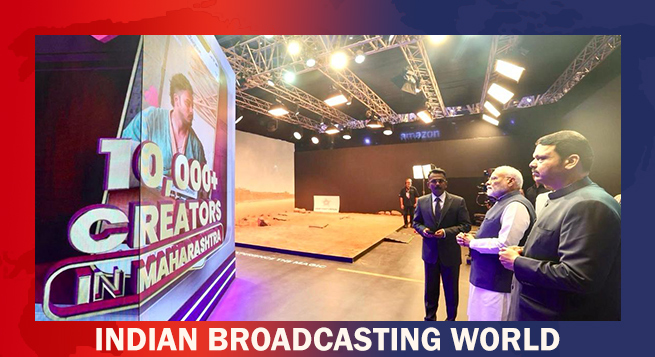 MIB to unveil M&E sector statistical handbook today at WAVES
MIB to unveil M&E sector statistical handbook today at WAVES  WAVES 2025: Media dialogue backs creativity, heritage & ethics in AI Era
WAVES 2025: Media dialogue backs creativity, heritage & ethics in AI Era 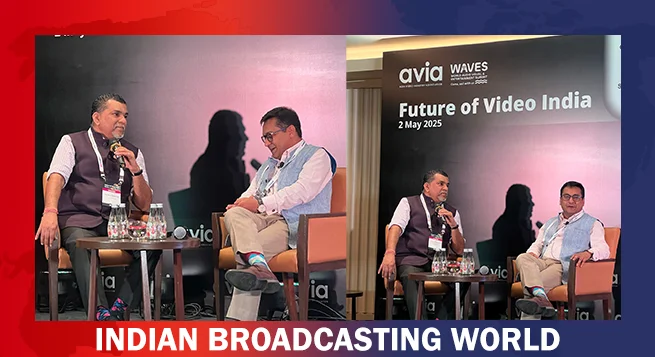 Pay TV leaders chart course for India’s linear TV in digital age
Pay TV leaders chart course for India’s linear TV in digital age 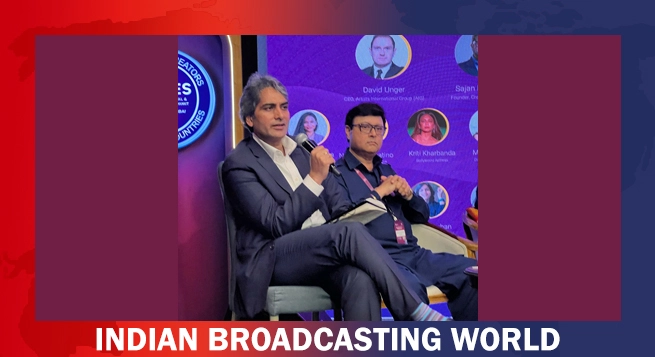 Sudhir Chaudhary announces new show for DD News, says “Good content still has a place” at WAVES 2025
Sudhir Chaudhary announces new show for DD News, says “Good content still has a place” at WAVES 2025 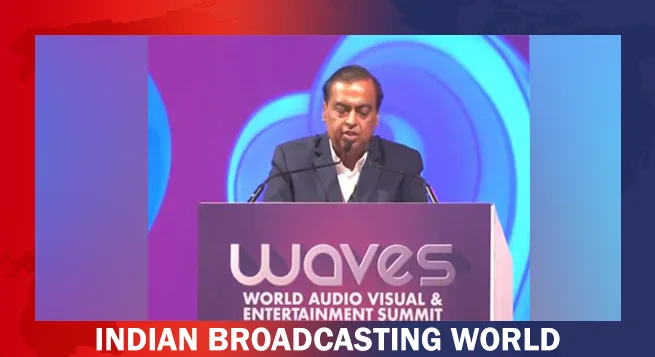 India can lead global entertainment revolution: Mukesh Ambani
India can lead global entertainment revolution: Mukesh Ambani 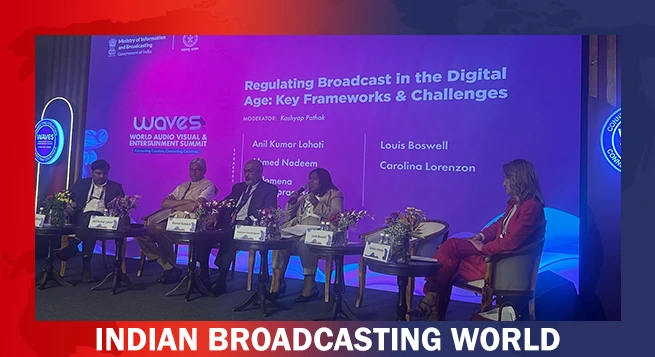 TRAI chief not in favour of separate rules for OTT, legacy b’casters
TRAI chief not in favour of separate rules for OTT, legacy b’casters  ‘KanKhajura’ start streaming on Sony LIV from May 30
‘KanKhajura’ start streaming on Sony LIV from May 30 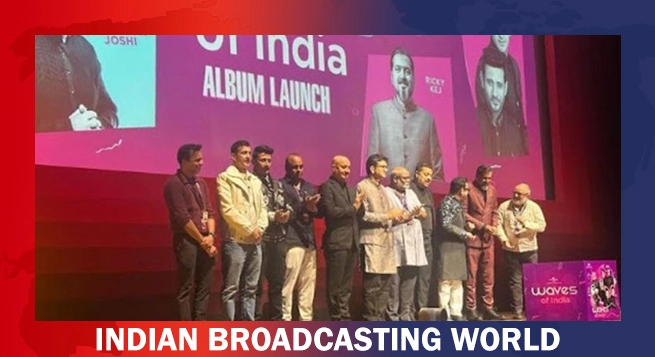 Koyal.AI debuts at WAVES 2025, set to revolutionise music videos with GenAI
Koyal.AI debuts at WAVES 2025, set to revolutionise music videos with GenAI  Zee Cinema to premiere ‘Pushpa 2: The Rule’ on May 31
Zee Cinema to premiere ‘Pushpa 2: The Rule’ on May 31 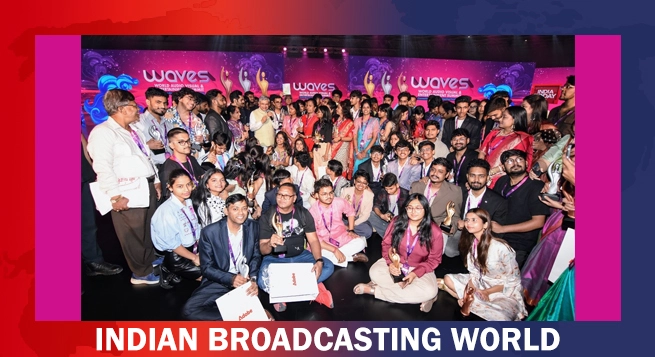 ‘Create in India Challenge’ S1 honours global talent at WAVES
‘Create in India Challenge’ S1 honours global talent at WAVES 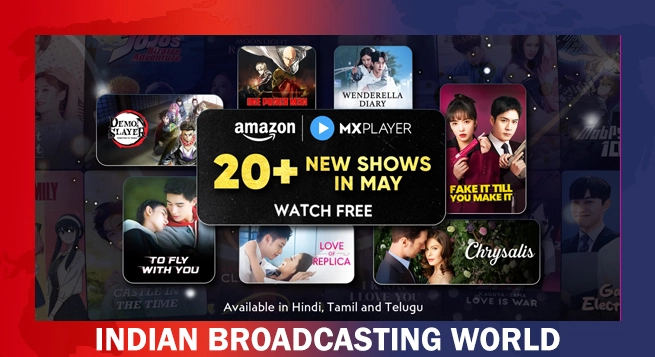 Amazon MX Player adds 20+ dubbed international titles
Amazon MX Player adds 20+ dubbed international titles 








